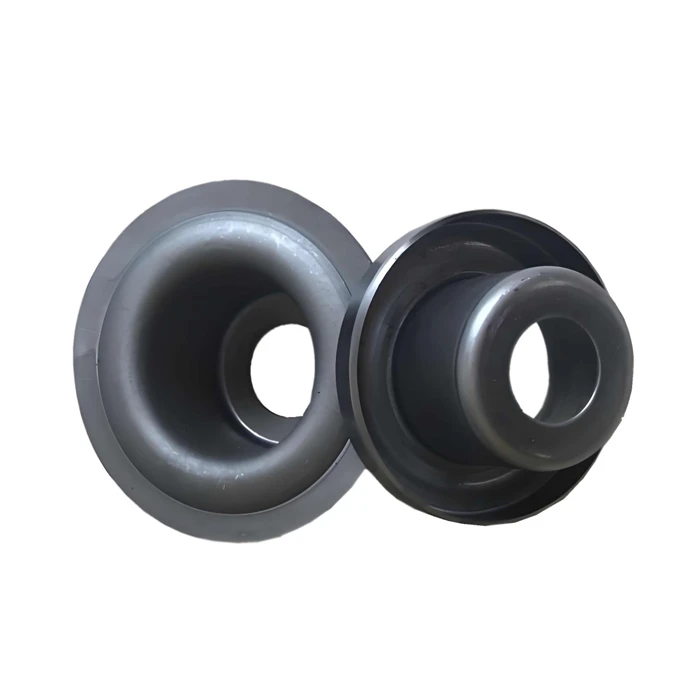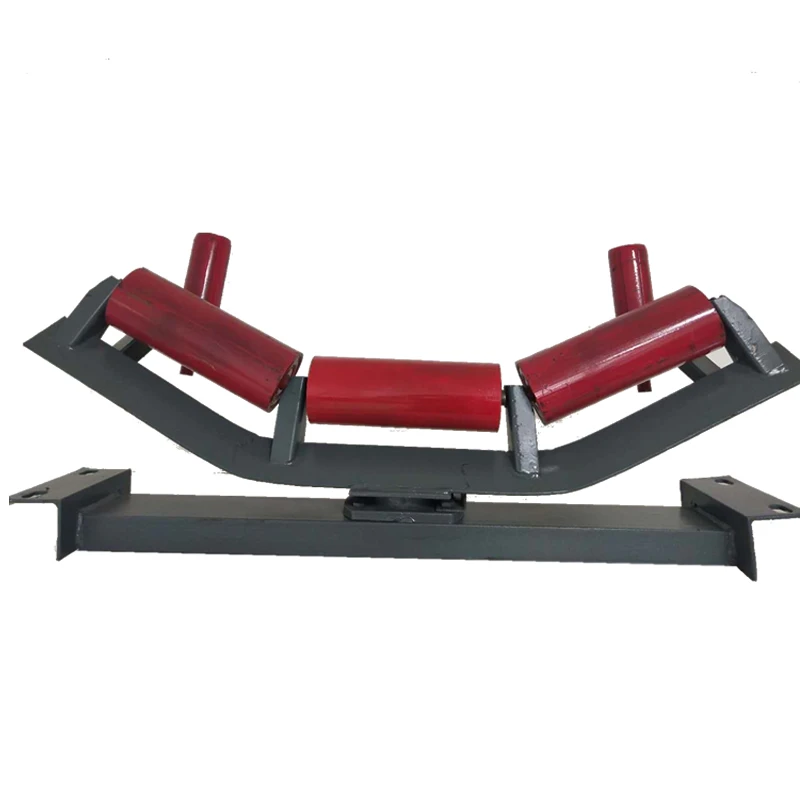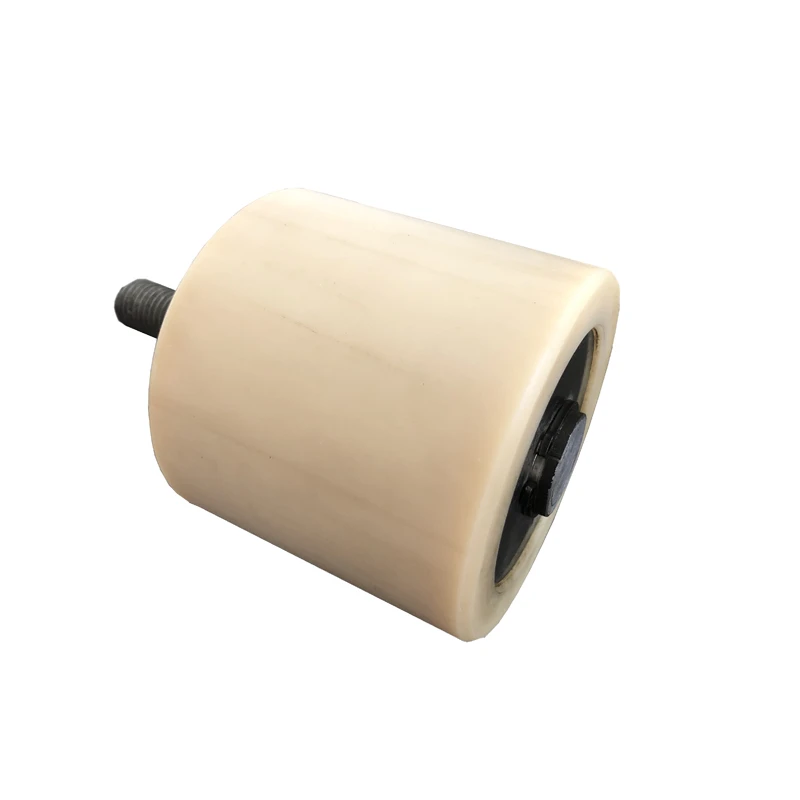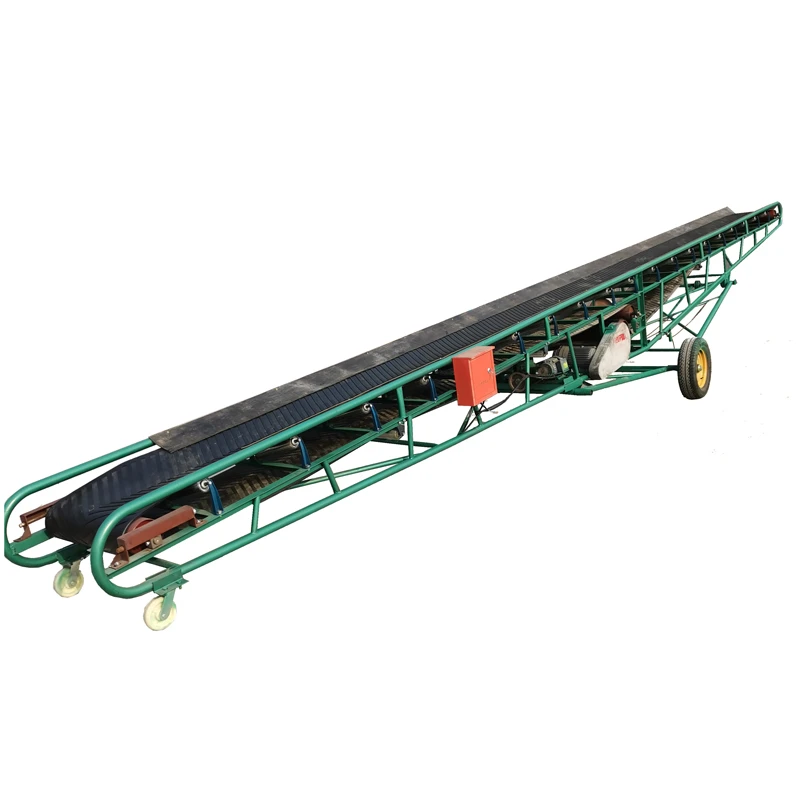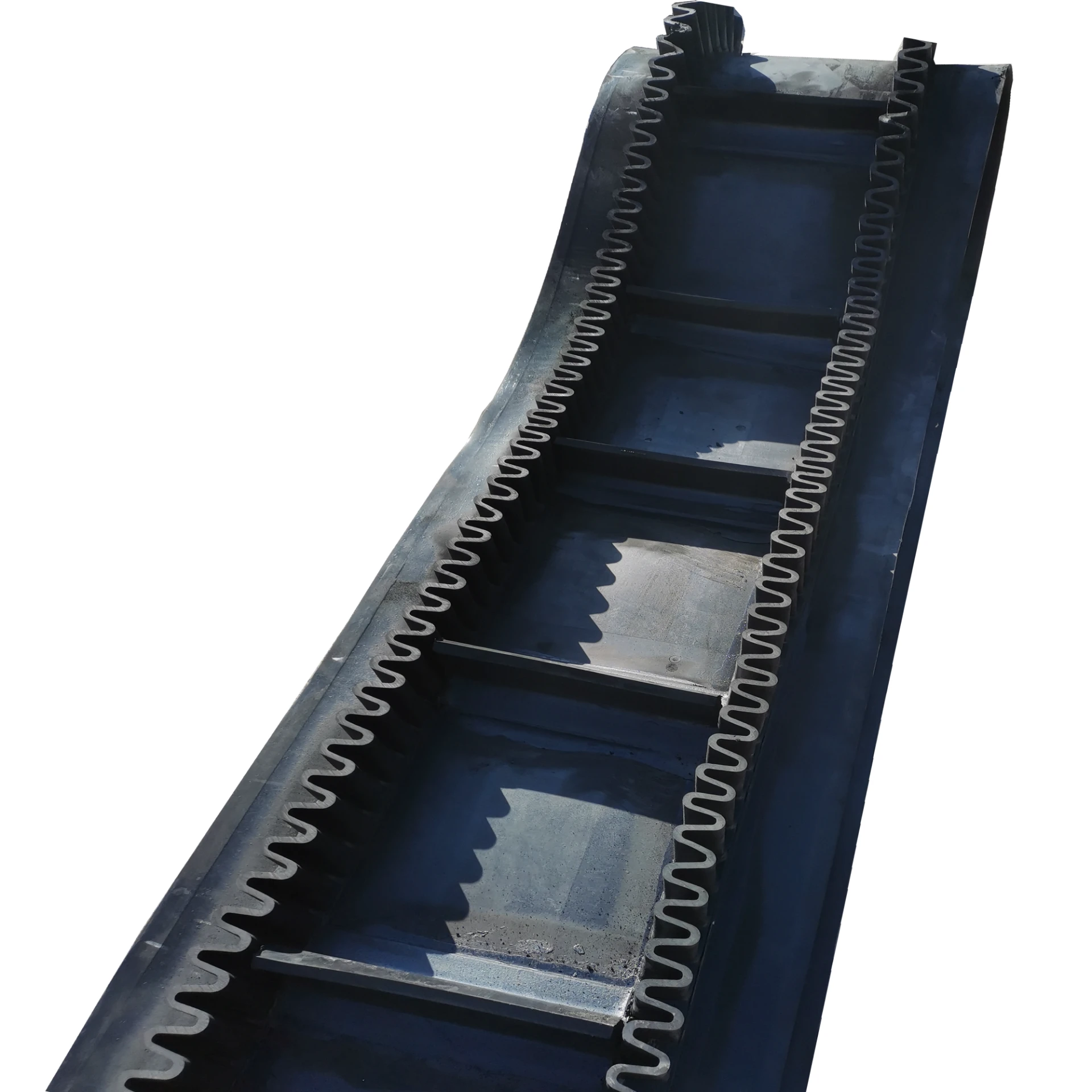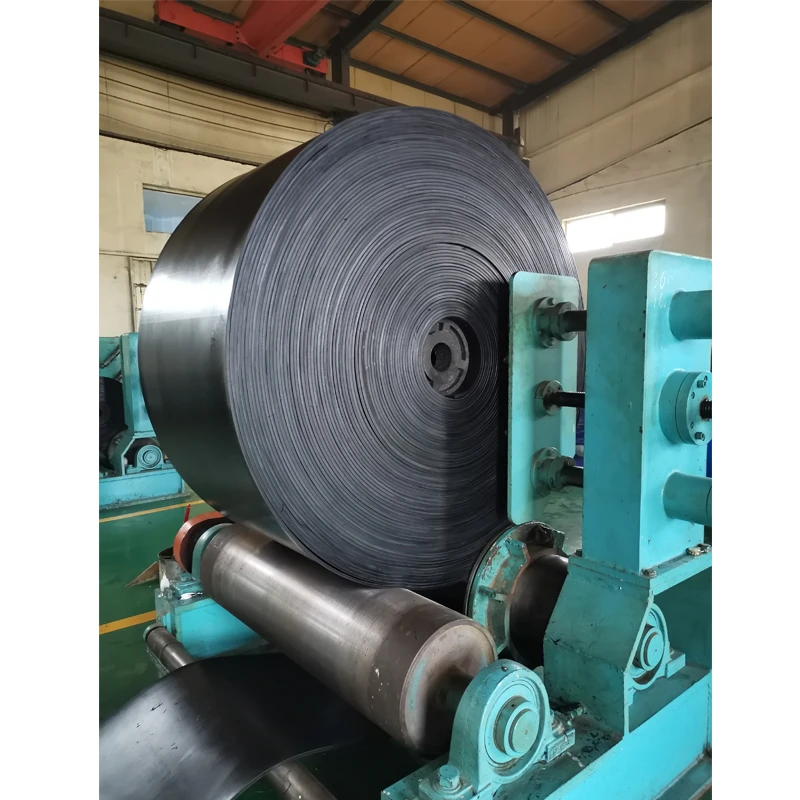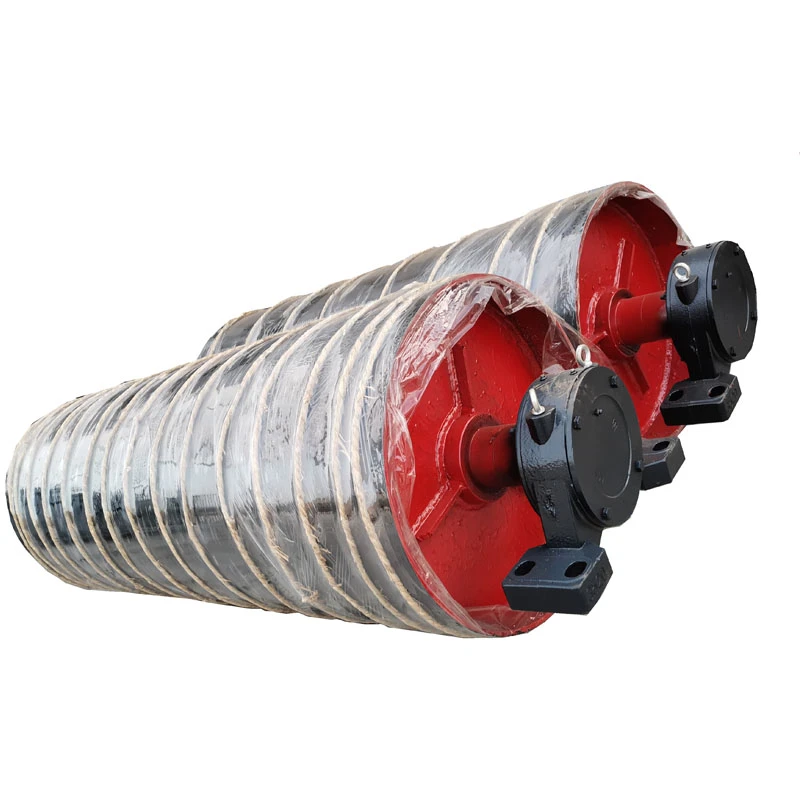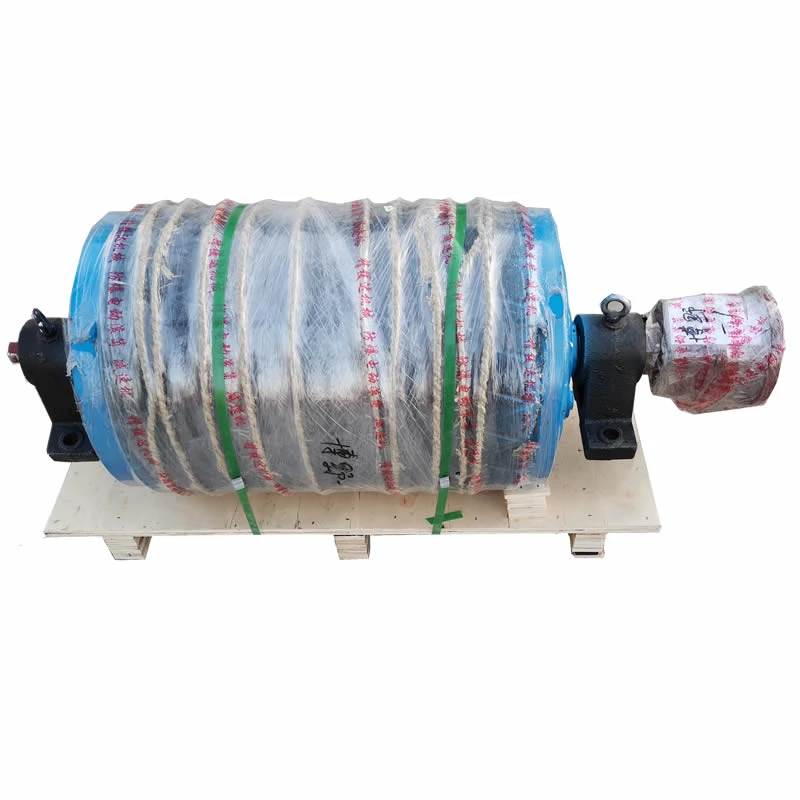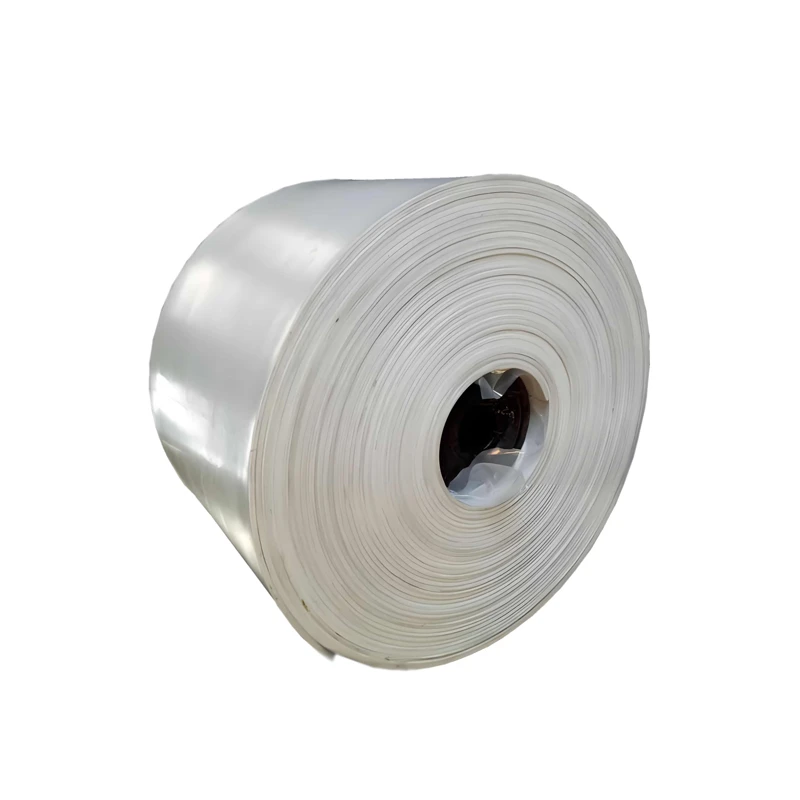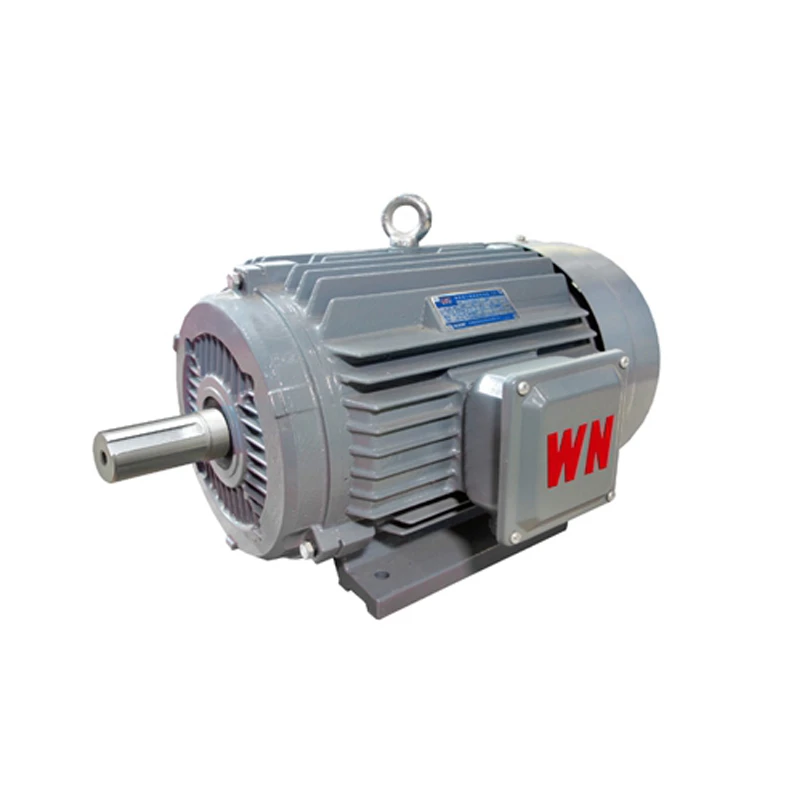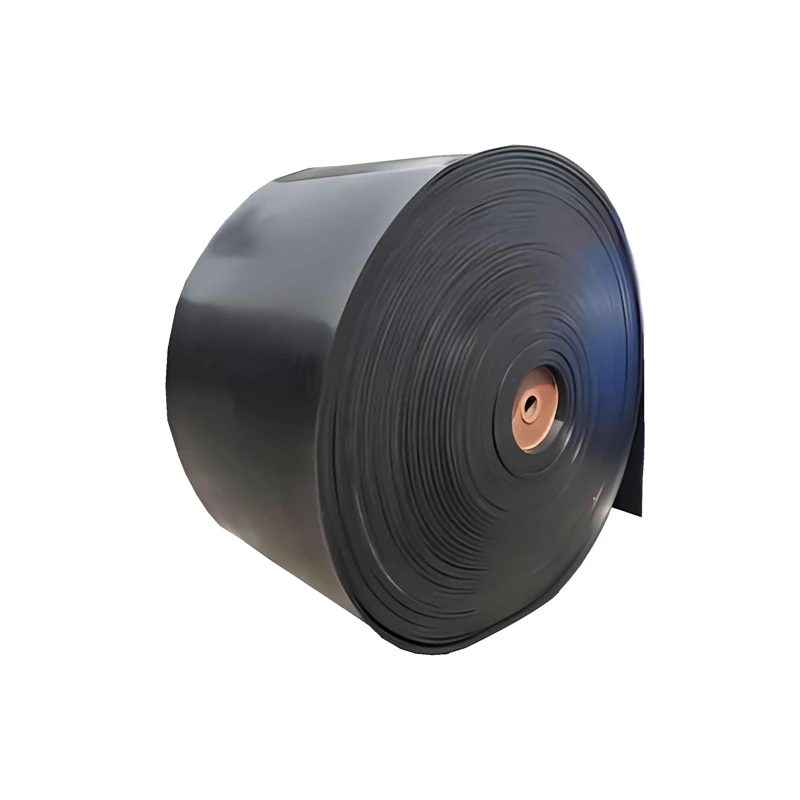In material handling, packaging, and automation, the roller bracket is an unsung hero that delivers structural integrity and seamless motion. Designed to support and align rollers, a roller bracket enables stable, controlled movement of items across conveyors, production lines, and transport tracks. Whether used in light-load sorting stations or demanding logistics hubs, the right roller bracket ensures both performance and reliability.
Constructed from steel, aluminum, or high-strength polymers, roller brackets are engineered for specific load capacities and operating conditions. Their role is not just to house the roller but to provide precise angles, adjustable tension, and mounting flexibility. A misaligned or weak roller bracket can cause production halts or even equipment damage, making proper selection and installation vital.
In advanced applications, brackets are integrated with sensor housings, vibration dampening materials, and corrosion-resistant coatings. Modern industries—from agriculture and food processing to airport baggage systems—rely on custom-engineered roller bracket systems to maintain efficiency and minimize downtime.
Proper alignment of the roller bracket prevents belt mis-tracking, roller displacement, and uneven load distribution. With customizable mounting hole patterns and surface treatments, the roller bracket adapts to any structural configuration, keeping your systems running smoothly and safely.
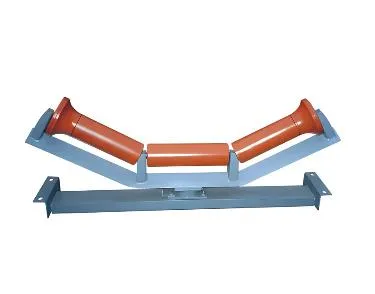
Understanding the Engineering Behind Roller and Bracket Integration
The roller and bracket assembly forms the core of many conveying systems. This combination ensures that rotating elements are securely mounted and perform optimally under continuous load. The roller and bracket system isn’t just a passive support—it’s a dynamic structural component that facilitates both linear and curved transport paths.
A typical roller and bracket setup includes a cylindrical roller, either free-turning or motorized, mounted within a precision-machined bracket. These systems can support light loads like packaged food or high-load applications such as pallet conveyors in distribution centers. The surface finish and roller core material (PVC, steel, or urethane) vary depending on the required coefficient of friction and operational noise level.
The roller and bracket configuration must also account for belt type, environmental conditions, and operational speed. Engineers use computer-aided design to simulate wear patterns, stress concentration, and roller trajectory, ensuring that each assembly meets exact specifications.
Temperature resistance, chemical exposure, and debris ingress are also considered in roller and bracket assemblies. For environments with moisture or dust, sealed ball bearings and protective end caps are included in the design to prolong operational life and minimize maintenance interruptions.
Why Heavy Duty Roller with Bracket Systems Are Built for Tough Demands
When your operation deals with extreme loads or rugged environments, a heavy duty roller with bracket becomes essential. Designed for endurance, strength, and structural rigidity, these assemblies are used in industries such as mining, steel manufacturing, construction, and large-scale warehousing.
A heavy duty roller with bracket is engineered from reinforced materials like thick-gauge galvanized steel or stainless steel. These units are often designed to handle dynamic loads that exceed hundreds or thousands of kilograms, resisting deformation and ensuring continuous rotation even under harsh mechanical strain.
Unlike standard assemblies, a heavy duty roller with bracket may incorporate double-sealed bearings, solid shafts, and oversized mounting flanges. These components prevent bending, wobbling, or bearing failure during impact or shock loads. In inclined conveyors or sharp transitions, the heavy duty roller with bracket ensures that materials move reliably without slipping or jamming.
Due to their robust structure, these rollers also support impact zones and loading points where goods are dropped onto conveyors. The superior strength of a heavy duty roller with bracket reduces downtime and increases service intervals, translating into long-term savings and operational efficiency.
Manufacturers now offer modular heavy duty roller with bracket kits that simplify replacement and upgrades. Industries using bulk materials, steel coils, or palletized goods depend on these systems for smooth transport, reliable performance, and minimal maintenance under extreme conditions.
Optimizing Systems with Customizable Bracket Roller Designs
In modern conveyor and motion systems, the bracket roller is no longer a one-size-fits-all component. Engineering advances allow manufacturers to create bracket roller designs that fit specific space limitations, load types, and motion patterns. Whether you’re working with straight tracks, curved systems, or incline conveyors, a well-designed bracket roller ensures peak performance.
Custom bracket roller assemblies are often required in automotive manufacturing, cleanroom environments, and automated warehouse systems where space efficiency, cleanliness, and motion precision are key. These assemblies are tailored to accommodate exact roller lengths, shaft diameters, and rotation speeds, ensuring seamless operation.
In conveyor systems transporting delicate materials like electronics, a bracket roller must offer low-noise, smooth rotation. For this reason, manufacturers use noise-reducing materials like polyurethane-coated rollers and vibration-dampening brackets. In contrast, facilities moving abrasive or bulk materials may choose high-impact steel rollers with powder-coated bracket roller frames to withstand surface wear and corrosion.
Adjustable brackets allow for easy height calibration and angular positioning, making the bracket roller versatile for retrofit projects. Integrating smart features such as wear indicators, quick-release latches, and self-lubricating bearings increases uptime and reduces operational friction—both literally and figuratively.
How the Right Roller Bracket System Enhances Conveyor Efficiency and Safety
Choosing the right roller bracket or complete roller system directly impacts your conveyor’s efficiency, reliability, and safety. A poorly mounted or improperly aligned roller bracket can lead to belt drift, excessive vibration, and material spillage—all of which result in productivity losses and increased risk of injury.
Safety compliance begins with choosing the right materials and design. A stainless steel roller bracket is ideal for food or pharmaceutical settings, offering corrosion resistance and easy cleaning. In contrast, a powder-coated steel roller bracket suits dusty or industrial environments where durability is more important than hygiene.
Operational speed and weight are also crucial. A roller and bracket assembly designed for high-speed conveyors must use precision-balanced rollers and tightly toleranced brackets to avoid misalignment. Additionally, emergency stops and belt tensioning mechanisms should interface seamlessly with the bracket roller system.
Proper tension and alignment minimize roller wear, belt mis-tracking, and vibration—all of which contribute to a safer working environment. As conveyors become increasingly automated, the role of the roller bracket evolves as well. Smart brackets equipped with sensors can detect vibration anomalies, bearing wear, or roller rotation speed, allowing predictive maintenance before failures occur.
In sum, investing in the right roller bracket system means fewer shutdowns, lower maintenance costs, and a safer, more productive facility.
roller bracket FAQs
What materials are used to manufacture a high-quality roller bracket?
A roller bracket is typically made from stainless steel, galvanized steel, aluminum, or high-impact plastic, depending on the application. Stainless steel is used in hygienic environments such as food processing, while galvanized or powder-coated steel is ideal for heavy-duty, corrosive conditions. High-impact plastics offer lightweight alternatives for light-load systems and are often resistant to certain chemicals.
How is a roller and bracket system installed?
Installation of a roller and bracket system depends on the type of conveyor and design. Most brackets are mounted using pre-drilled holes or slotted rails to allow for precise alignment and tension control. The roller is inserted into the bracket via fixed or spring-loaded shafts. Accurate placement ensures proper belt tracking and minimizes operational noise or friction.
What makes a heavy duty roller with bracket different from standard models?
A heavy duty roller with bracket differs in material strength, wall thickness, bearing type, and load capacity. These models are built to withstand shock loads, high torque, and abrasive environments. They feature reinforced brackets, sealed bearings, and solid core rollers, often made from heavy-gauge steel or stainless steel. These units offer extended lifespan and superior resistance to mechanical fatigue.
Can a bracket roller be customized for specific conveyor needs?
Yes, a bracket roller can be customized in terms of size, angle, roller material, shaft diameter, and mounting style. Customization is especially useful in tight spaces, curved conveyors, or unique load profiles. Many manufacturers offer 3D modeling, rapid prototyping, and tailored solutions that match existing conveyor frames and operational goals, ensuring maximum performance and compatibility.
Why is proper alignment of a roller bracket important?
Proper alignment of a roller bracket ensures that the roller spins evenly and the belt tracks correctly. Misalignment can cause premature wear, belt damage, material spillage, and increased energy consumption. In high-speed or high-load applications, even minor bracket misalignment can lead to safety hazards or costly downtime. Regular inspection and proper installation techniques are essential to maintain alignment and optimize performance.

